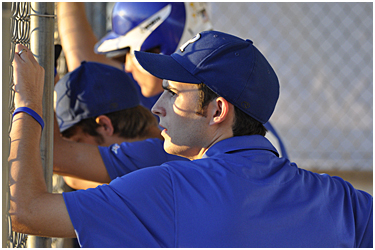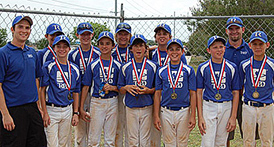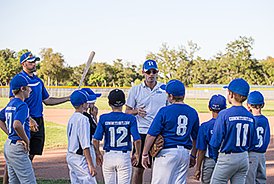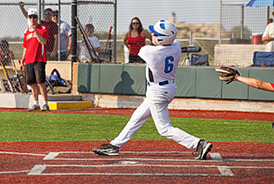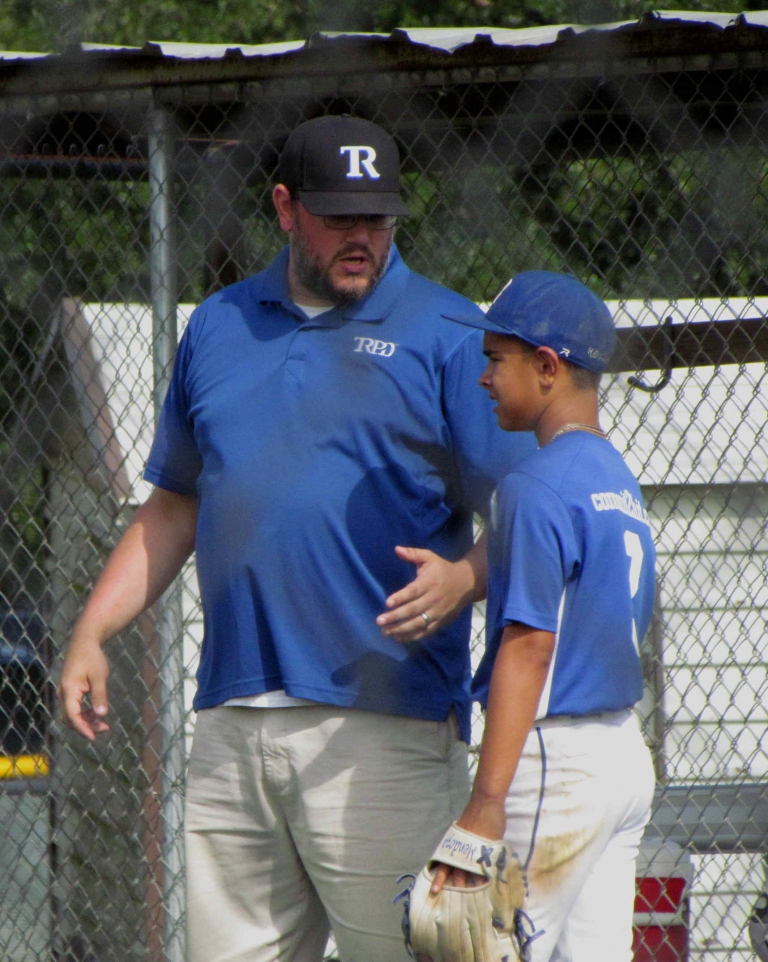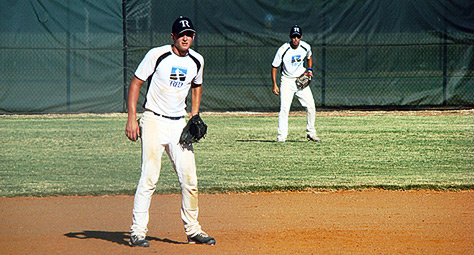The Derek Jeter Hitting Approach
Last year, at the age of 38, Derek Jeter finished his regular season as the league leader in hits, passing a huge 3,300 hit milestone along the way. In fact, among the 10 players who’ve reached that milestone, only Ty Cobb (age 36 in 1923) got there at a younger age than Jeter. He’s solidified himself as one of the greatest hitters that baseball has ever seen, and potentially the best shortstop ever. So how did he do it?
In the article “Simply stated, Derek Jeter can hit”, ESPN writer Johnette Howard sums it up best: Pete Rose, Wade Boggs, Don Mattingly, Alex Rodriguez — they all treat hitting like a science project, endlessly dissecting this, probing that, pinning back layer after layer of their at-bats for closer inspection, then chewing over what they noticed in a sort of ever-changing dialogue between themselves and the game. But Derek Jeter isn’t one to rattle on about his hitting philosophy. “I’m pretty sure he’s one of those ‘See the ball, hit the ball hitters,'” says Yankees ace CC Sabathia.
In an interview with Howard, Jeter says, “That’s exactly what my approach is: See the ball, hit the ball. I try not to cloud my brain with too much else.” This is the same practice that TRPD teaches in their Commit to Hitᵀᴹ Process. A player has less than a quarter of a second to see the pitch, determine the location and speed, and decide whether to swing. Such a decision cannot be made consciously. The only thought that should be in a player’s mind at the plate is to “see the ball and hit it hard.”
Jeter goes on to say that a lot of times people can over think things. “I think sometimes a lot of guys get themselves out. I just try to keep things as simple as possible. … You can’t take in too much information. At least, I can’t. Some of these guys do it — they guess at pitches and situations and things like that. I’m not like that. I’m not goodenough [at mind reading] to do it.”
Howard quotes former Yankees outfielder, Paul O’Neill, as saying that it takes a lot of talent to hit like Jeter. “And you have to have a great deal of faith in yourself that doesn’t change. He goes up and battles and just loves to compete at the plate against the pitcher. It’s a one-on-one thing. And he loves to play the game. But you don’t get into the true mechanics talks like you do with guys like Boggs or Mattingly. He just goes up and hits it and runs and looks forward to his next turn, you know? It’s kinda the Little League aspect of it. He’s not thinking about what he’s doing.”
“We try to keep it simple here now as a team, and to tell you the truth, a lot of that is because of Derek,” Yankees hitting coach Kevin Long tells Howard. “There’s so much information available now that, to be honest, I was probably overloading them with information before. I was telling them what every guy would throw in this situation or that, which way his slider breaks, on and on. Derek finally said to me, ‘Hey, you know, if you could just tell us maybe two or three things about a guy, it might be more helpful.'”


